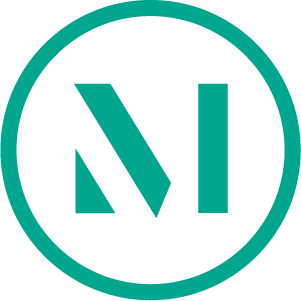The US Court of Appeals for the Federal Circuit reversed a Trademark Trial & Appeal Board decision upholding refusal of the KAHWA mark for cafés and coffee shops, holding that the doctrine of foreign equivalents was inapplicable since KAHWA has a well-established alternative English meaning. In re Bayou Grande Coffee Roasting Co., Case No. 2024-1118 (Fed. Cir. Dec. 9, 2025) (Moore, Hughes, Stoll, JJ.)
In February 2021, Bayou applied to trademark KAHWA for cafés and coffee shops, claiming use since 2008. The examiner refused, deeming the mark generic or descriptive under the doctrine of foreign equivalents, asserting that KAHWA means “coffee” in Arabic. Bayou argued that it instead refers to a specific type of Kashmiri green tea not sold in US cafés or coffee shops. The examiner upheld refusals on both grounds and denied reconsideration.
On appeal, the Board affirmed the examiner’s refusals based on the Kashmiri green tea meaning but did not address the Arabic meaning. The Board found KAHWA generic and descriptive for cafés and coffee shops due to record evidence showing relevant customers regarded KAHWA as the generic description for a type of green tea beverage, and cafés and coffee shops serve a variety of tea beverages. Bayou appealed.
The Federal Circuit first determined that the Board’s generic and merely descriptive findings based on the Kashmiri green tea meaning did not constitute new grounds of rejection. The Court also reversed the Board’s generic and merely descriptive findings based on the Kashmiri green tea meaning.
The Federal Circuit concluded that the Board’s generic finding was not supported by substantial evidence because of undisputed evidence that no café or coffee shop in the United States sells kahwa. Therefore, whether relevant customers understood KAHWA to refer to a specific type of Kashmiri green tea was insufficient to establish genericness. The Court also held that the Board’s merely descriptive finding was not supported by substantial evidence because kahwa is neither a product/feature of café and coffee shop services nor a tea variety typically offered there. Moreover, registering KAHWA would not grant Bayou rights against cafés or coffee shops merely selling kahwa, and potential future sales were irrelevant to the descriptiveness analysis.
Finally, the Federal Circuit held that because KAHWA’s undisputed English meaning is Kashmiri green tea, translation was unnecessary, and the doctrine of foreign equivalents did not apply. Under the doctrine of foreign equivalents, a foreign mark may be translated into English to evaluate it for genericness or descriptiveness. However, translation is not required when consumers would not translate, or when the mark has a well‑established alternative meaning that makes the literal translation irrelevant.





